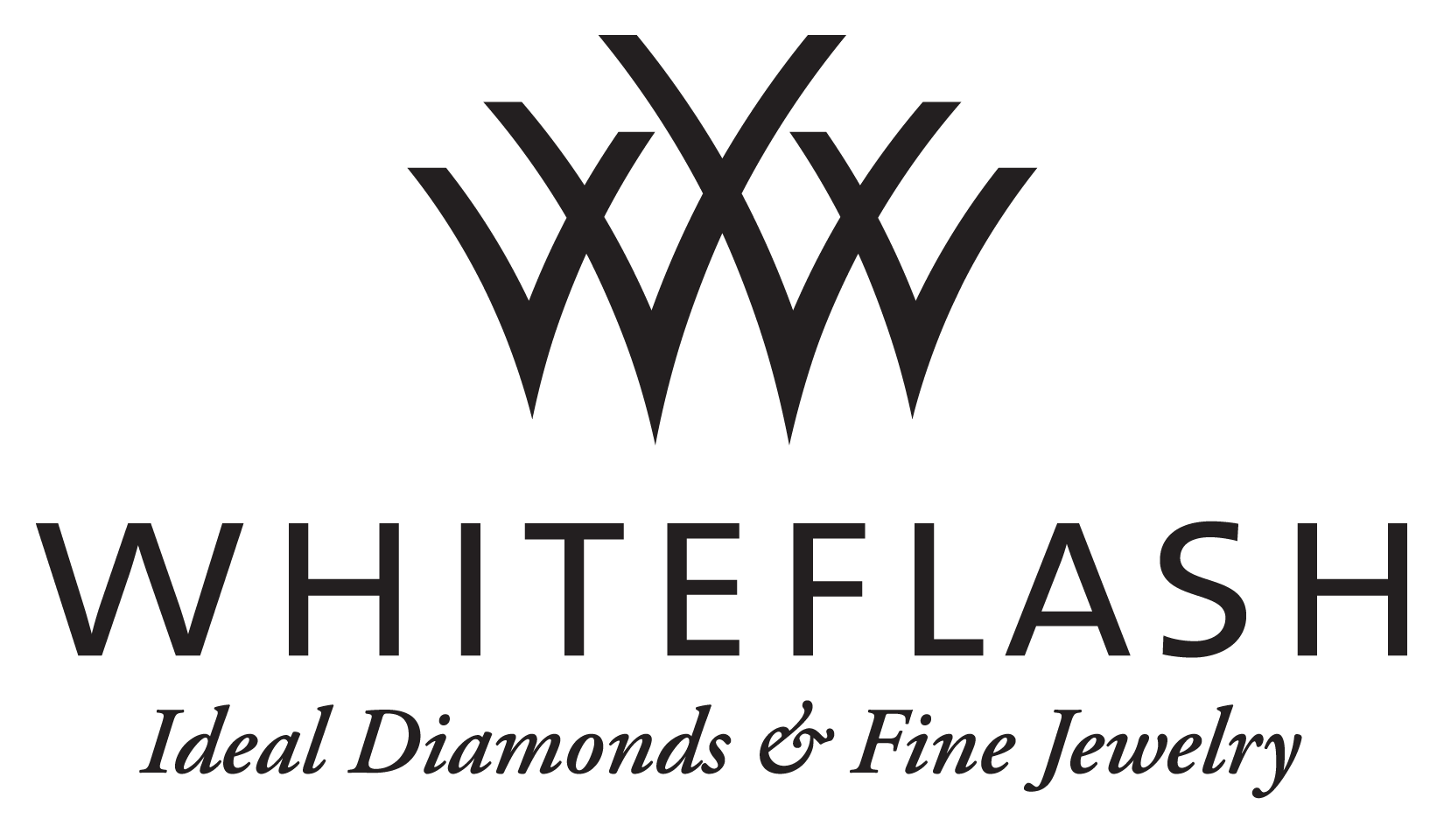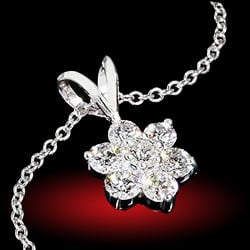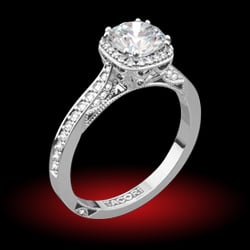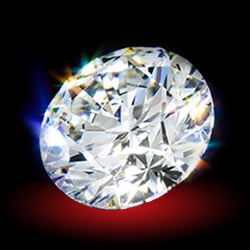- Joined
- Sep 3, 2000
- Messages
- 6,751
There has been discussion in another thread about the use of "triple certification" of diamonds being listed by a vendor. When you look at the resulting grades, you might draw conclusions based on a rather small sample which might be right or may send you down a rabbit hole. The trade is definitely aware of the somewhat subjective nature of diamond color and clarity grading. What to do about it has been boiled down to rather a simple model for the sake of a normal trade convention and for making the pricing process understandable, explainable and consistent. No one is saying it is correct mathematical methodology, but members of the diamond trade are not rocket scientists and pricing isn't a life or death calculation.
When there is a GIA report on a diamond, that report is the price setter regardless of any other report from another lab. When there is only one or more lab report from other labs, not GIA, dealers will haggle and bicker over perceived grading softness and arrive at a price if their view of a GIA supplied grade would differ. They will try any angle to attack an asking price, especially on a diamond lacking the GIA paperwork. Right or wrong, that's the angle of attack. You can see, that there are reasons to make counter offers and request some discounts when there is no GIA report. You may also understand that the GIA is not always correct, but you must understand the "convention" of doing the diamond business in the US is to simply accept the GIA grading as fate. When the GIA has made an error substantial enough to create a problem between dealers, the diamond is often returned to GIA for a re-grading. We just need to live with it for now. This has been going on a long time, so there is no rush to alter the dealer side of things. So far, machine grading has not moved the color and clarity process to an absolute process.
At the consumer level, people want to believe that fairness dictates we respect the results of several very good labs with some equality. What that does is counter to the convention of the trade which sets asking prices at retail based on GIA reports when they exist. You might not like it mathematically, but the consumer is not the convention setting body for the diamond wholesale business. It is very good to see the differences from lab to lab. This provides insight into the level of assurance that can be obtained by multiple reports. If a diamond is offered without a GIA report, then the consumer has every right to do exactly what diamond dealers do to one another all the time. "Make an offer". However, the consuming public does not know how to make their own grading estimate better than any of these highly skilled labs. Making an offer based on innuendo and just partial knowledge is somewhat an insult and hardly going to be of much concern to a seller. The basis of making an offer is on reasonably sure knowledge earned by years of experience, not based on a few diamonds which show labs don't all grade identically.
Consumers should do just as the trade does. Look at the GIA grading as the price setting paperwork and expect some variances from all other grading establishments. No lab is perfect, but none of the major labs appear to be crooks, either.
For sure, the cost of multiple reports will be born by the consumer. If it makes them confident to buy, then their added costs will be covered. If it creates doubt and anxiety, then multiple reports will not make sales increase, and they'll be dropped before becoming a commonplace retail tactic.
Lab reports, by respected labs, should be seen as aiding the consumer to make a decision on a purchase. A consumer who wants double or triple lab reports may be happier or made more confused. I fear the latter, but we all are individuals. Very few vendors double or triple cert their diamonds. Let's see how it goes and enjoy this moment when transparency rules. The diamond business was totally opaque in the 1950's and has slowly evolved to what is a nearly transparent business today. It has been a fairly rapid change. Such change stresses the dealers, their banks and their customers. Seeing how this all works out over the coming months and years is bound to be of interest to Pricescope participants. Enjoy the ride!
When there is a GIA report on a diamond, that report is the price setter regardless of any other report from another lab. When there is only one or more lab report from other labs, not GIA, dealers will haggle and bicker over perceived grading softness and arrive at a price if their view of a GIA supplied grade would differ. They will try any angle to attack an asking price, especially on a diamond lacking the GIA paperwork. Right or wrong, that's the angle of attack. You can see, that there are reasons to make counter offers and request some discounts when there is no GIA report. You may also understand that the GIA is not always correct, but you must understand the "convention" of doing the diamond business in the US is to simply accept the GIA grading as fate. When the GIA has made an error substantial enough to create a problem between dealers, the diamond is often returned to GIA for a re-grading. We just need to live with it for now. This has been going on a long time, so there is no rush to alter the dealer side of things. So far, machine grading has not moved the color and clarity process to an absolute process.
At the consumer level, people want to believe that fairness dictates we respect the results of several very good labs with some equality. What that does is counter to the convention of the trade which sets asking prices at retail based on GIA reports when they exist. You might not like it mathematically, but the consumer is not the convention setting body for the diamond wholesale business. It is very good to see the differences from lab to lab. This provides insight into the level of assurance that can be obtained by multiple reports. If a diamond is offered without a GIA report, then the consumer has every right to do exactly what diamond dealers do to one another all the time. "Make an offer". However, the consuming public does not know how to make their own grading estimate better than any of these highly skilled labs. Making an offer based on innuendo and just partial knowledge is somewhat an insult and hardly going to be of much concern to a seller. The basis of making an offer is on reasonably sure knowledge earned by years of experience, not based on a few diamonds which show labs don't all grade identically.
Consumers should do just as the trade does. Look at the GIA grading as the price setting paperwork and expect some variances from all other grading establishments. No lab is perfect, but none of the major labs appear to be crooks, either.
For sure, the cost of multiple reports will be born by the consumer. If it makes them confident to buy, then their added costs will be covered. If it creates doubt and anxiety, then multiple reports will not make sales increase, and they'll be dropped before becoming a commonplace retail tactic.
Lab reports, by respected labs, should be seen as aiding the consumer to make a decision on a purchase. A consumer who wants double or triple lab reports may be happier or made more confused. I fear the latter, but we all are individuals. Very few vendors double or triple cert their diamonds. Let's see how it goes and enjoy this moment when transparency rules. The diamond business was totally opaque in the 1950's and has slowly evolved to what is a nearly transparent business today. It has been a fairly rapid change. Such change stresses the dealers, their banks and their customers. Seeing how this all works out over the coming months and years is bound to be of interest to Pricescope participants. Enjoy the ride!








300x240.png)